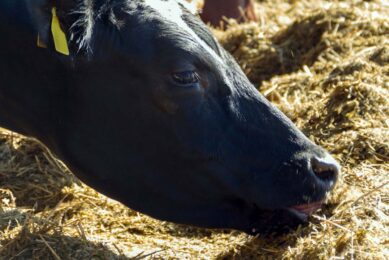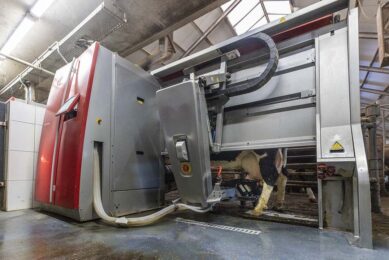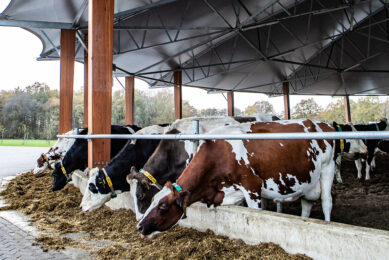Batch milking: A balance between automation and labour
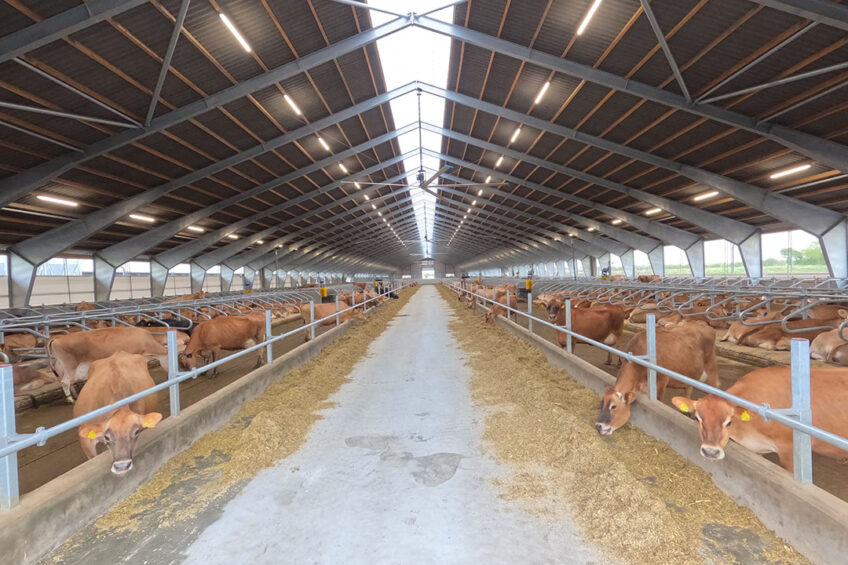
This year, milking systems company DeLaval announced its largest batch milking set-up at a Danish farm. With the 24 DeLaval VMS V310 batch milking installation, Danish farm Lønholm Agro has taken the next step in automation. But what does batch milking offer and what are the advantages? We look at this alternative way of milking that saves time and labour on farm.
The DeLaval batch milking system is not a completely new concept; it was launched in the Netherlands more than 3 years ago already. It is a system where multiple automatic stations are installed for milking groups of cows. “That is a clear definition,” says Andre De Leeuw, the cluster solution specialist for automatic milking systems cluster, EMEA, at DeLaval.
In the case of the Danish farm, the owner Klaus Jakobsen has plans to expand his current herd of 830 cows to 1,400 in the coming years. This ties in with what DeLaval says, which is that the trend towards consolidation of farms worldwide continues and the demand for efficient automatic milking solutions is increasing. Support is therefore needed to grow operations, and batch milking brings a different perspective to the future of large-scale automatic milking.
Labour and automation balance
It’s a common problem the world over: the lack of labour on farms. Staff can be hard to come by, and take-over by the next generation doesn’t always happen. Low staff numbers are one factor, but the quality of labour also needs to be considered – it’s not just about how many employees are on the farm but also about what skills and qualities they have. According to De Leeuw, the batch milking system can help with these common issues.
As an example, he says: “We dealt with a farmer who wanted to graze their cows day and night in the summer. The cows only needed to come in for milking and then go out again, and this milking needed to be done automatically because they were low on staff at this particular farm. They also only wanted 1 person to bring in the cows.”
He states that if you want to milk 200 cows with just 1 person and that person is also there to do other jobs, it is very hard them to do everything. With this batch milking set-up, the operator brings the cows to the robots and the robot milks them, leaving the operator free to do other duties. Therefore, the farmer who wanted day and night grazing invested in automation instead of labour and was able to choose to milk only 8-10 hours a day. “It’s a balance between automation and labour, and time is saved as you need only 1 person to direct the cows to the milking area.”
He adds that with automation there’s always the same routine in milking with monitoring and preparing the cows. And the system can do some of the skilled work – if there is something wrong with the cow, the system will pick it up.
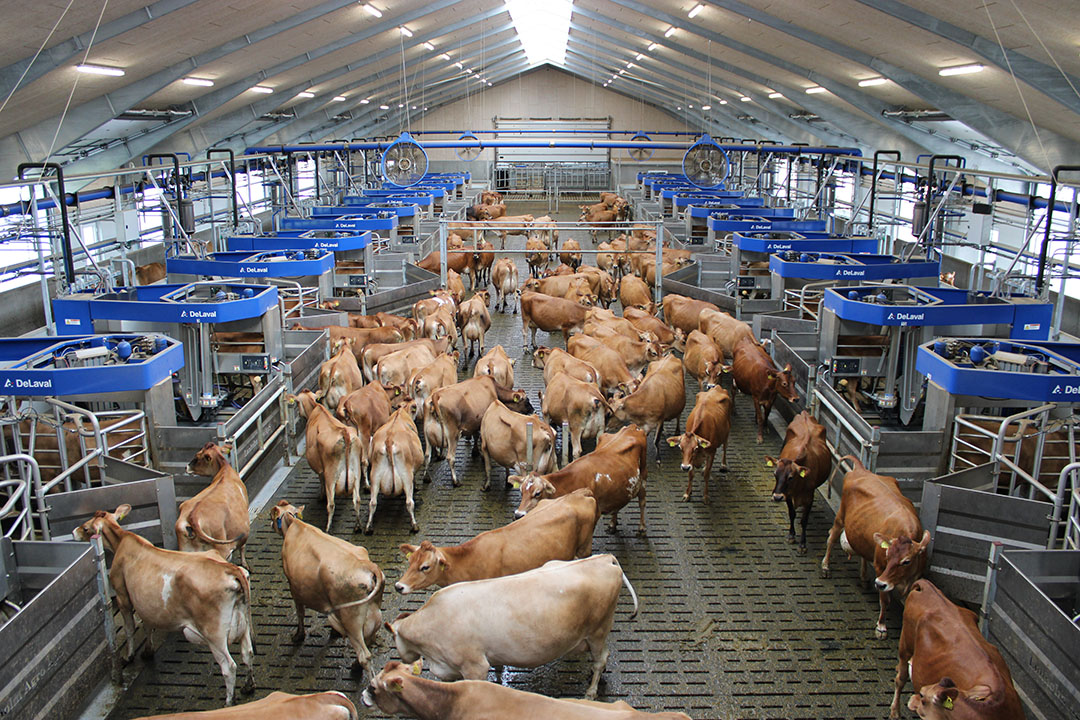
Simplicity and construction
With this you can have normal hours as a farmer, he says. “For example at 8pm in the evening the ‘shop is closed’ so to speak. Everyone can go home. There are a lot of things on the mind of a farmer and he wants to have simplicity in routines.”
But what about installation? What does it entail and how easy is it? He continues that for larger farms that are growing, usually you see them expanding the barn numbers and this makes installation possible. Also, when there are already multiple barns and a milking parlour, then you quite often see that this batch milking set-up takes place on the other side of it or a new plan can be established while using the existing milking structure. “We can install the batch system while making it an easy switch over. There is no disruption for the cows and it’s easy to still use the existing lanes for cow movements.”
“I want to highlight that this is another way of milking with robots; it’s an alternative, and isn’t always a solution,” he said. The set-up of robots in different barns on large farms can also be done. He notes that it all depends on the individual farm, the labour situation and what the farmer’s goals are.
Some of the smaller operations also want to reduce the impact of milking on their daily schedule. “Batch milking can also be established for 200 and 300 cows, for the smaller family farms.” And due to its flexibility, it can be scaled up where farms are milking 2,000 animals.
Automation globally, and costs
“In Europe we have the highest automatic milking system (AMS) uptake,” says De Leeuw. “In Europe, if a farmer is thinking about the future then 80-90% of them are thinking about AMS. In other parts of the world, like the Americas, it is a little bit of a mix but also there you can see that labour is becoming an issue, so they are also turning more and more towards automation.”
Currently, DeLaval has 2 systems installed in the Americas, and they are increasingly seeing uptake in Oceania, for example Australia, and to date they have 15 installations globally.
“With labour costs on the rise every year, this is a good solution,” states De Leeuw. With regard to return on investment (ROI), he adds that other costs like inflation and feed have to be considered too. ROI, however, really depends on the farm with factors like grazing, total mixed ration feeding, breed of cows such as milking Jersey cows with higher fat content and of course the more or less stable costs of automation in comparison – these all need to be factored in when making the calculations.
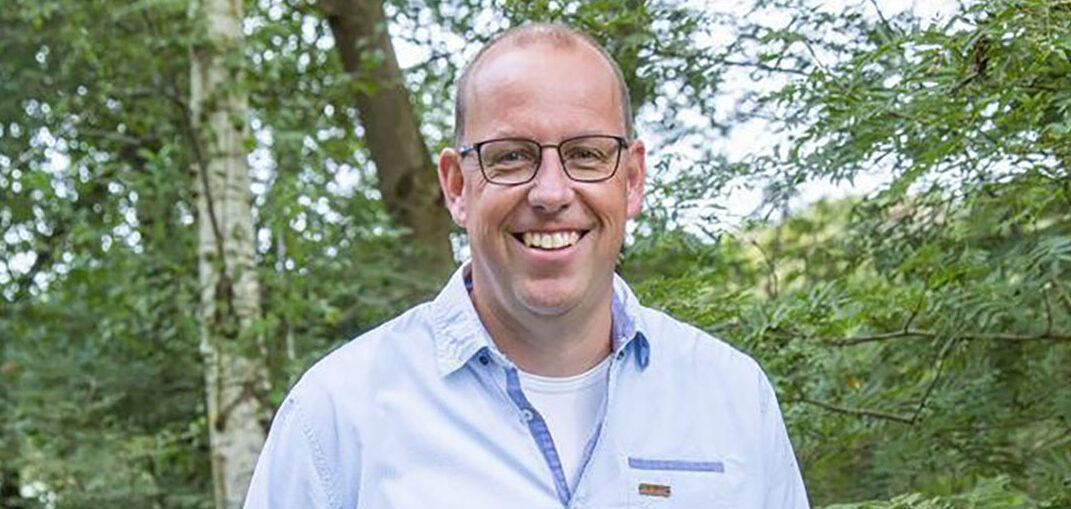
Unique needs
“We look at the farmer and what the goal is. What you see in some cases is that farmers are not making the move to 3 times a day milking with high production cows because they don’t have the labour to support that in their current set-up. Staff are needed if you are milking every 8 hours, which means you need people to work during the night, and if you do a full shift with a rotary at night, for instance, then it’s a matter of finding employees who can take the night shifts, which can be complicated,” De Leeuw says.
Of course DeLaval isn’t the only company that offers the batch milking set-up. Other companies like Fullwood JOZ and GEA are also active in this market. For some farms, batch milking will not be a solution. But with operations like the Danish Lønholm Agro farm with 24 robots, boasting the biggest number of DeLaval robots on farm, the growth in demand is seeing new heights. “There are multiple solutions on offer depending on the needs of the farmer and the farm,” De Leeuw highlights, adding that with regard to batch milking as an alternative solution, it will only see an increase in demand globally.
The Dairy Global Newsletter
Sign up for our newsletter and receive all our need-to-know content three times a week.




